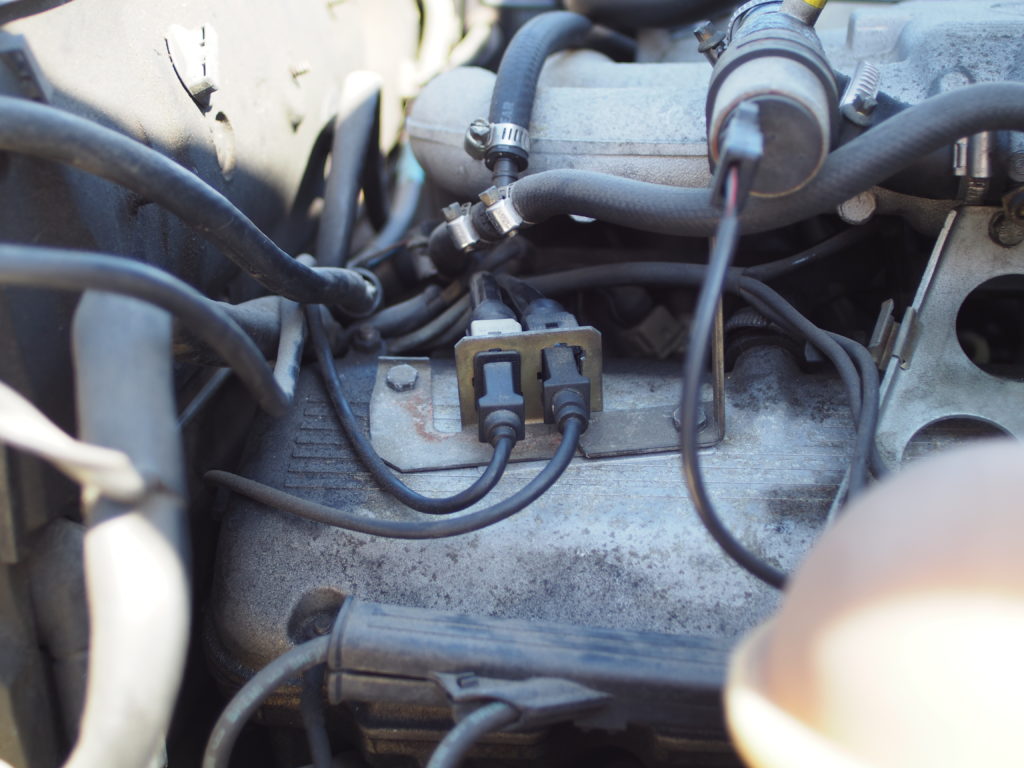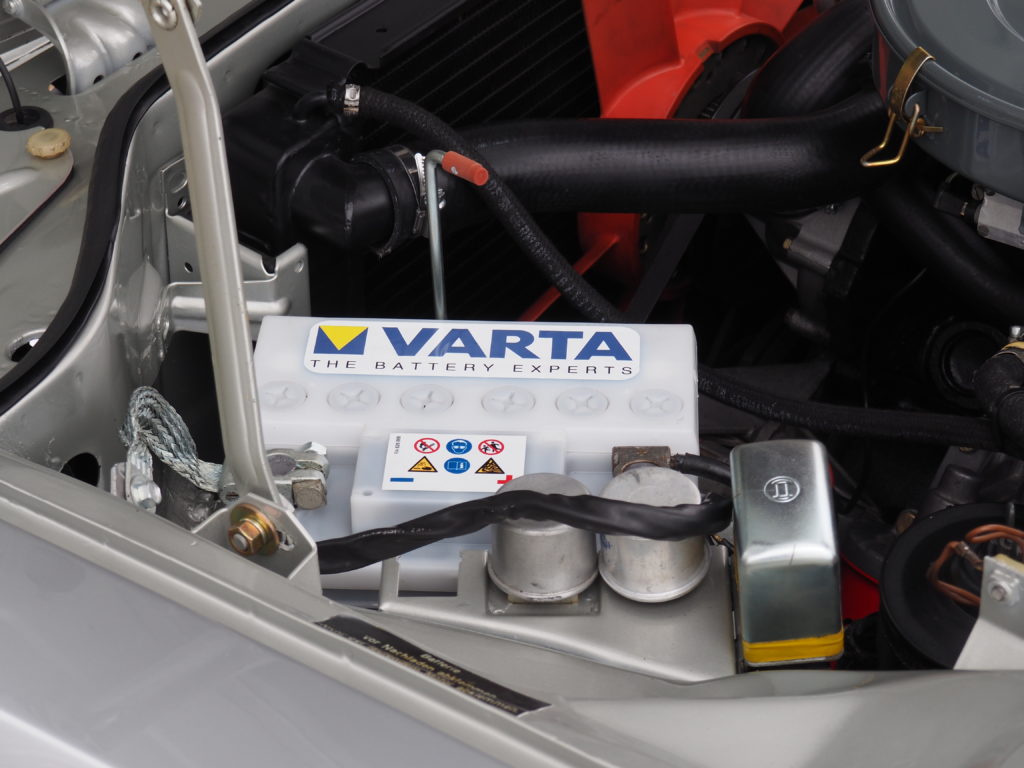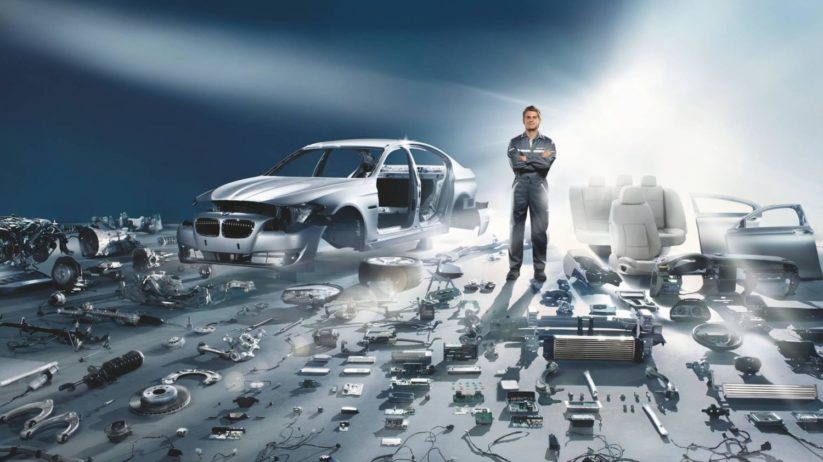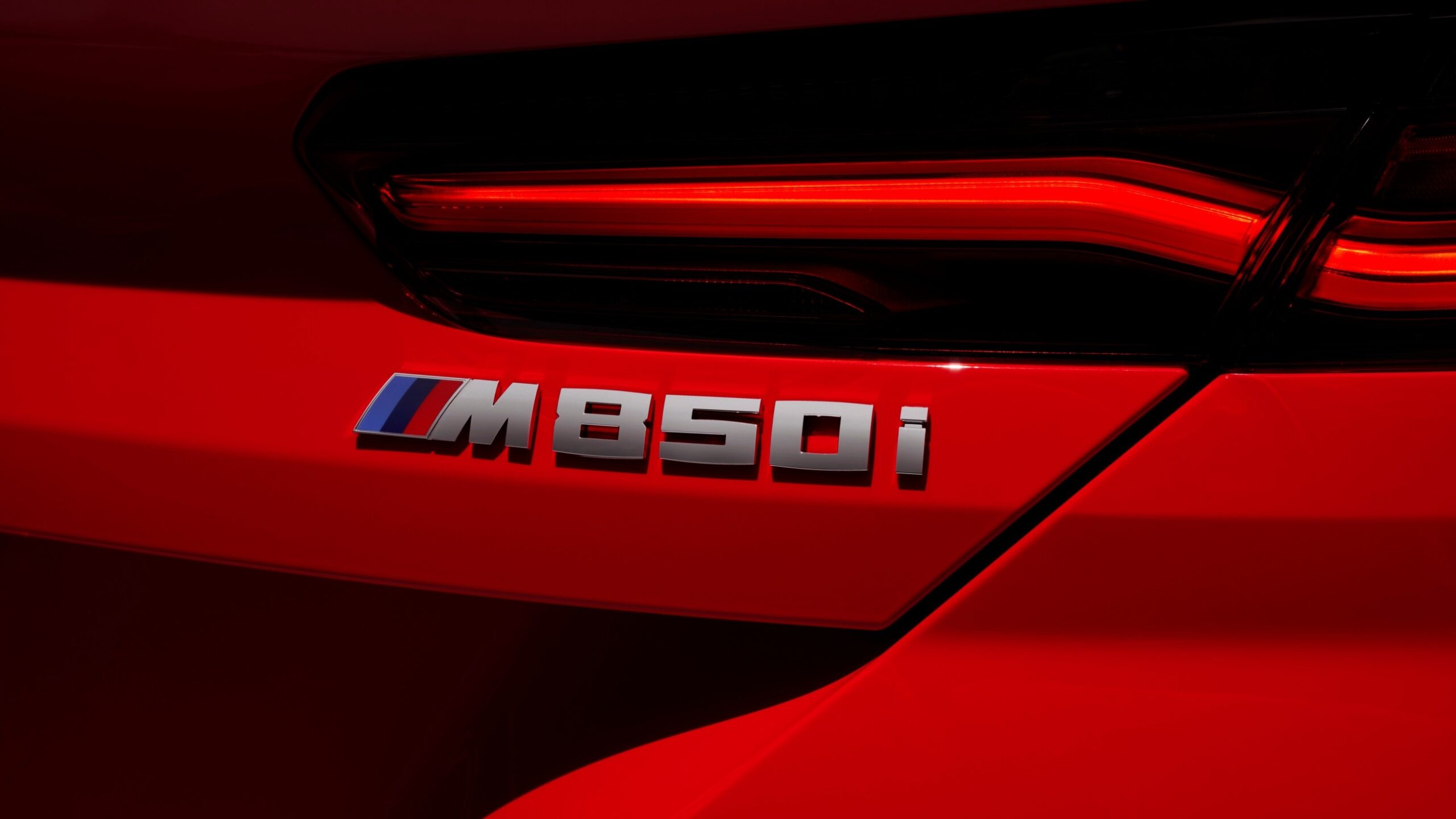The title of this article might be a bit optimistic, but when it comes to keeping a BMW running, there is a certain science behind not going broke. It’s taken years to get it right in my case, but over the next few minutes you’ll have the chance to evaluate my methods for yourself; above all, it is my hope that these tips not only help enthusiasts save money, but also encourage them to approach their projects with more confidence.
First off, a quick disclaimer: I’ve never worked at a BMW dealership or specialist repair shop, and I don’t have anywhere near the amount of hands-on experience of The Hack Mechanic. I don’t have any professional training, either; when you really come down to it, I am just another BMW nut and automotive appreciator.
The few qualifications I do have in this regard relate to spending untold tens of thousands of dollars on previous BMWs, mostly in the form of planned parts purchases for tasks ranging from large projects to simple repairs.
I’ve done my best to perform most of the work myself, and I have banker’s boxes full of old invoices and the stained garage floor to prove it.
After a few years into BMW ownership, I started to realize that certain friends and others would default to asking me questions about parts and other minutiae, to the point where we would be strolling past a nondescript 3 Series and I would be called upon to accurately identify the wheels’ style number and perhaps even their weight.

The E31 8 Series’ M70 V12 is a parts-geek’s dream. Check out the orange distributors which add nice contrast to the engine bay with their factory covers removed.
Enough about me; let’s dive into the parts. In the interest of keeping things concise, here’s a list to properly summarize this entire process. Examples also tend to be more clear if we focus on a specific part; in this case, let’s use a crankshaft pulse generator, otherwise known as a crankshaft-position sensor. My E30 uses a pair of these rather simple sensors to calculate engine speed by monitoring a notch on the flywheel with one sensor, while the other is supposedly calibrated to report when a select piston is at top dead center.
Prior to embarking on a recent errand run, I jumped in the 1985 325e and was met with endless cranking when I tried to start it. The car had hard-started a few times before, but this time there was no starting taking place whatsoever. The errand run was completed in a Japanese car, and after going through the basic spark and fuel diagnostics, it became clear that something electronic was preventing the M20B27 from firing up.
A hunch acquired from previously replacing the camshaft-position sensor of my (now scrapped) E46 330i on a preventive basis popped into my head, because I had specifically done that in order to avoid a no-start situation in the middle of nowhere between California and Arizona. A few quick Internet searches seemed to confirm my suspicion of a sensor going bad, and diving into the details allowed me to learn that an early E30 like mine uses a pair mounted on the bell housing.
When I returned to the engine bay, the hunch, suspicion, and research all came together. As I reached to unplug the first of the sensors to test resistance with my prized multimeter, the connector began to crumble; years of latent heat had destroyed the integrity of the plastic—go figure! To my surprise, the sensor tested within range for a basic diagnostic, and seemed to be operating as it should.
I don’t have the specific equipment to properly analyze the proprietary signal, but ohms within the proper range were good enough for me. I re-seated the connector as best I could and attempted another start; after the usual one or two cranks, the 300,000-mile engine jumped to life with enthusiasm and quickly settled into its usual steady idle.

The suspect sensor is visible on the right.
1. Locate and cross-reference BMW part numbers from available sources.
With the culprit confirmed, I was able to dive into one of my favorite elements of car (specifically BMW) ownership: parts research. Then, on my way to the computer, another thought manifested itself: “I should probably replace both sensors, and I’ll bet they cost somewhere between $50 and $100 apiece.”
I prefer to use realOEM.com for their part diagrams, and I have a few URLs with the chassis numbers of my specific BMWs saved as favorites. There are, of course, other resources which are just as good, like ETK.cc and BMWfans.info, both of which offer similar diagrams which are often high-resolution as well. Drilling down through the various categories and diagrams always takes a few minutes, but before long I was able to find the pair of sensors. RealOEM had a list price of $109, but that was for the previous version, which was NLA. A new part number was listed just below, and clicking it revealed that there was another additional part number that had also been superseded.
Being the completest that I am—can you say OCD?—I searched all three numbers and found some interesting information. Most important, however, was a regular list price for the genuine BMW replacement that ranged between $155 and $175. This translated to a potentially $100 job turning into $300 affair—on a car that had cost $1,400 to purchase a year ago.
2. Browse the spectrum of OE, OEM, and aftermarket parts.
The journey could have ended right here if original BMW parts were the only option, but with a potential repair bill of $300, I was looking for alternative routes. Those of us who have been wrenching on BMWs long enough know that the vast majority of individual components which make up various systems are produced by industry-leading suppliers such as Bosch, Mahle, Valeo, Lemforder, and others. This knowledge typically translates to at least a basic understanding of the differences between original equipment, original equipment manufacturer, and aftermarket parts. For those not well versed, check out these resources from the likes of Turner, FCP, and eEuroparts.
Armed with this information, I knew that Bosch was the likely manufacturer of the sensor, and that I could probably buy OEM Bosch replacements for a fair price. But I wanted to see what else was out there, so I visited a few other popular websites to view the range of OEM and perhaps aftermarket options.
ECS Tuning showed both the original sensor and the Bosch part, but they were rather expensive, although not outside the market. RockAuto is a good resource to use if you’re open to aftermarket replacements, but the only replacement sensors they stocked were from a completely unrecognizable name, with a price that wasn’t enticing.

You know those ridiculously long-lasting factory BMW batteries? They’re usually made by Varta. The one in my 2004 330i lasted more than eight years before I chose to preventively replace it. When it came time to replace the key-fob batteries for my 135i, I sourced a set from Varta on Amazon for less than the Energizer counterparts.
Another personal route that I never ignore is NAPA. My family business has had an account at the local storefront for decades, and more recently I’ve noticed Bosch parts, in addition to other quality brands like Hella, Hengst, Mann, and Mahle finding their way onto the website and store shelves—a wide range of Liqui Moly oils, additives, and lubricants are even available for purchase at the location I use. Unfortunately, this time Napa proved unfruitful, as the only option for the sensor is made by their in-house electronics brand, and was listed for too much money.
3. Choose your preferred manufacturer and find the best price.
Through my searching of various European parts suppliers, I found that Bosch did in fact make replacement sensors. It turns out that they also see use on a few other similarly aged platforms, like the Alfa Romeo Spider, which indicated a decent range of availability. Most of the prices I was seeing for the Bosch part were in the $60 range, but I had a feeling I could do better. My default choices were out of the question, but giving up isn’t in my nature, especially this far along. Running the Bosch part number on eBay returned a few good choices, some from a few sellers that I’ve purchased from before.
It seemed that I had scoured the entirety of the known web and come up with an absolute best price of about $53. This was well within my acceptable don’t even think about it range—but I couldn’t resist checking one more place.
Amazon has been slowly coming into its own as a viable auto-parts alternative, and more than a few dealerships are now selling parts directly to consumers via the site. Prices range rather wildly, though, and counterfeit or low-quality offerings masquerading as others are a known pitfall. Amazon isn’t a one-stop shop yet, but we’d be fooling ourselves if we didn’t that admit it’s heading there. They had the part for slightly less than eBay, which translated to a great deal for me, thanks to a couple of 5% cash-back credit cards that I use specifically for shopping on Amazon. I added the parts to a list for a larger combined order that I would be placing in a few days, and when the time came, the price had dropped to $48 apiece with Prime two-day delivery!
Just to do the math: I was getting the two sensors I needed for under $100 out the door, as opposed to $300: victory!
So there you have it. It takes time and patience, which are increasingly finite these days, but I consider this type of research and work a profoundly effective use of resources. A simple sensor causing an inconvenient no-start condition on my E30 could be had for just $48 from a trusted manufacturer, as opposed to spending triple the money for the roundel-emblazoned version. BMW and other luxury European brands come with a stigma of expensive repair bills and maintenance costs as they age, and there’s no debating why it exists. But with a bit of due diligence, you, too, can be an empowered consumer who makes educated choices. Whether it’s finding the optimal balance of price and quality for a specific part, or making the most of your aftermarket extended warranty, investing the time to educate yourself is of integral importance, and will likely pay dividends into the future.
Note: There are, of course, a few exceptions to the rules; a perfect example is the coolant expansion tank used in the E36 and E46. The genuine part seems to last a long time, but eventually fails like anything else. There are a number of OEM options from established suppliers like Behr, but forum searches will return multi-page threads containing horror stories authored by those who wanted to save a few bucks over the roundel-stamped version. Overall, these instances are rare, but they do exist, so it’s always a good idea to consult the community before making a purchase. Speculation eventually surfaced that Behr expansion tanks were being counterfeited in China, but there was no confirmation.
Another tip that I ran out of room for above is the existence of BMW dealerships who operate their own sort of back-end parts-supply websites. These dealers sell only original BMW parts, but offer pricing that is among the best around. You’ll need to be extremely well-versed with your part numbers, however, as these sellers all use a specific type of website platform which relies on the number sequences to locate your specific parts. Learning the nomenclature is a good idea, however, as the cost saving is most certainly worth it in most instances.—Alex Tock
[Photos courtesy of BMW AG, Alex Tock.]





















